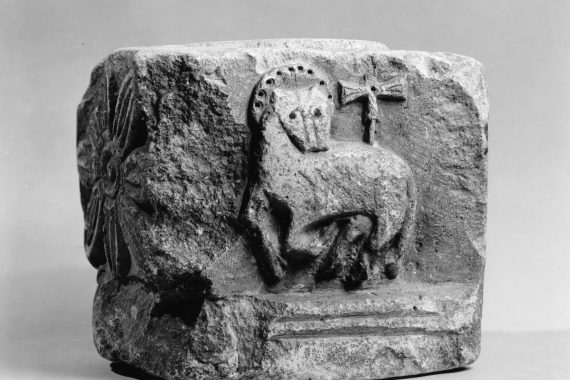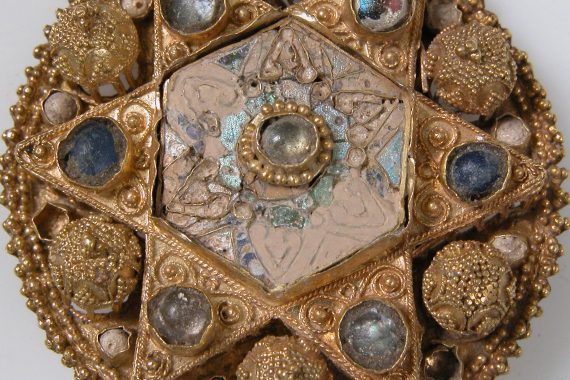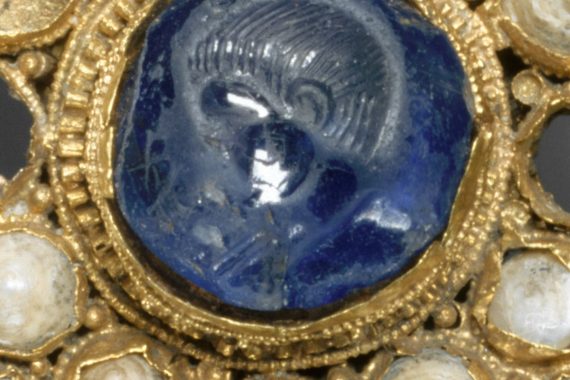Dirham dated to reign of Isma’il ibn Ahmad
Date: 912 Place of Production: Central Asia, found in Lincolnshire. Description: A dirham (a type of coin) tentatively dated to 300 AH (AD 912) and the reign of emir Isma’il ibn Ahmad (295-301 AH), a powerful ruler of the Samanid dynasty. The coin probably made its way to England in the hands of viking voyagers. Size: 27.92 mm diameter. Held…








